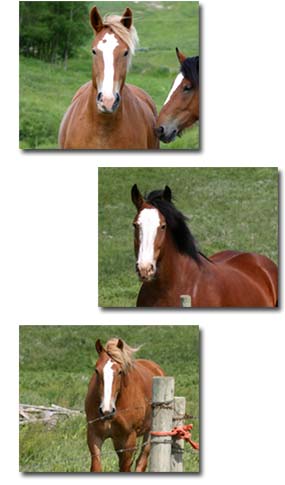Simple Acute Periostitis
 This is the periostitis that follows on the infliction of a slight injury to the membrane — an injury without an actual wound and free from infective material. It is one, therefore, which we always judge as existing in those cases where we have distinct evidence or history of injury, but in which the injury has not been severe enough to lead to fracture or to the infliction of an actual wound.
This is the periostitis that follows on the infliction of a slight injury to the membrane — an injury without an actual wound and free from infective material. It is one, therefore, which we always judge as existing in those cases where we have distinct evidence or history of injury, but in which the injury has not been severe enough to lead to fracture or to the infliction of an actual wound.Such cases may be those of lamenesses persisting after violent blows upon the foot—cases where the animal has been kicking against the stable fittings, or where the foot has been partially passed over by the wheel of a waggon. It may be, too, that in a case of 'nail-bound' a great deal of the pain and lameness is due to a simple periostitis caused by pressure of the bulged inner-layer of horn upon the sensitive structures.
Simple acute periostitis may also occur in cases where an actual wound is in existence, but where such wound, fortunately, remains aseptic. We may thus have this condition accompanying ordinary cases of pricked foot, of treads in the anterior region of the coronet, and of accidental injuries of other kinds.
In simple acute periostitis the membrane is thicker and redder than normal, and is easily stripped from the bone. As it is pulled off it is noticed that there are numerous fibril-like processes hanging to its inner surface, and which draw out from the substance of the bone. These are simply the vessels (bloodvessels and nerves) which, loosened by the inflammatory exudate, are readily detached and drawn from the Haversian canals into which they normally run.
In addition to its increased redness, the membrane has a swollen and gelatinous appearance owing to its infiltration with the inflammatory discharges. Simple acute periostitis may and often does end in resolution. On the other hand, it may end in suppuration or may become chronic. If the latter, then the osteoblasts of the innermost layer become active, and abnormal deposits of bone are the result.